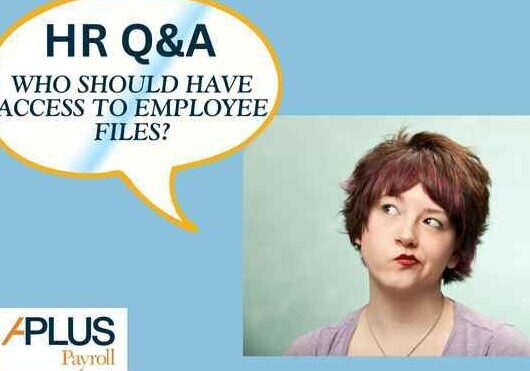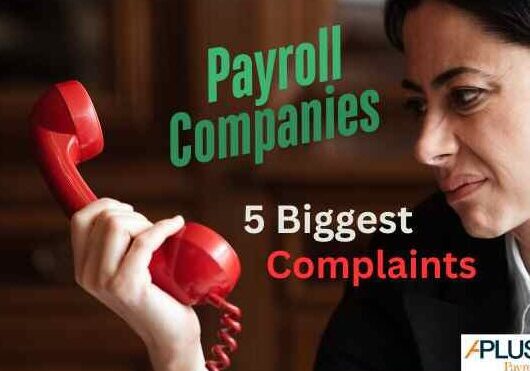What is the Secure Act 2.0? A Guide For Payroll Professionals
by Paul Devlin
The Secure Act 2.0 builds upon the foundations of its predecessor, aiming to make retirement savings more accessible and flexible for employees across the nation. Key provisions include changes to retirement plan contributions, expanded tax credits for employers, and specific incentives for small businesses to adopt retirement plans. These changes reflect a broader initiative to empower individuals to save more effectively for their retirement years.
Impact on Payroll Professionals
Changes in Retirement Plan Contributions
One of the significant changes introduced by the Secure Act 2.0 is the adjustment in contribution limits for retirement plans. Payroll professionals will need to update systems to accommodate these new limits, ensuring that employees can maximize their contributions without exceeding regulatory caps. Moreover, the act introduces automatic enrollment features for new employees, which streamlines the process but requires careful monitoring to ensure compliance.
Tax Credits and Small Business Impact
The Secure Act 2.0 offers enhanced tax credits to employers, particularly small businesses, for setting up new retirement plans. This provision is a boon for small businesses, incentivizing them to offer competitive retirement benefits. Payroll departments must be prepared to process these credits accurately, which involves staying updated on eligibility criteria and ensuring that systems are configured to calculate and apply these credits correctly.
Practical Examples and Compliance Challenges
With the introduction of automatic enrollment, payroll professionals must ensure that systems are equipped to handle automatic increases in employee contributions. This change necessitates precise tracking and timely updates to payroll systems to prevent any discrepancies in employee paychecks.
Additionally, the act’s provision for expanded catch-up contributions for employees over a certain age requires payroll systems to identify eligible employees and adjust their contribution limits accordingly. This requires diligent management to maintain compliance and avoid potential penalties.
Opportunities and Challenges
The Secure Act 2.0 presents opportunities for payroll professionals to enhance their role within organizations by offering strategic insights into retirement plan management. However, it also poses challenges, such as the need for continuous education and system updates to keep up with the evolving regulatory landscape.
Actionable Steps for Payroll Professionals
-
Educate and Update: Stay informed about the specifics of the Secure Act 2.0 and regularly update payroll systems to reflect changes in contribution limits and eligibility criteria.
-
Enhance Communication: Work closely with HR and benefits departments to ensure that employees are aware of the changes and understand how these affect their retirement savings options.
-
Leverage Technology: Consider outsourcing to payroll companies that can automate compliance checks and adjust contributions according to the new guidelines, reducing manual errors and enhancing efficiency.
-
Plan for Audits: Prepare for potential audits by maintaining detailed records of all changes made in response to the Secure Act 2.0, ensuring transparency and accountability.
By proactively adapting to the Secure Act 2.0, payroll professionals can not only ensure compliance but also contribute to a more robust retirement savings framework within their organizations.
This blog does not constitute legal or HR advice. For more information about our new ‘HR Resource by Mineral’ platform please contact your friendly APlus CSS. If you would like a complimentary copy of our ‘Key Provisions of the Secure 2.0 Act’ flyer please contact us here.



